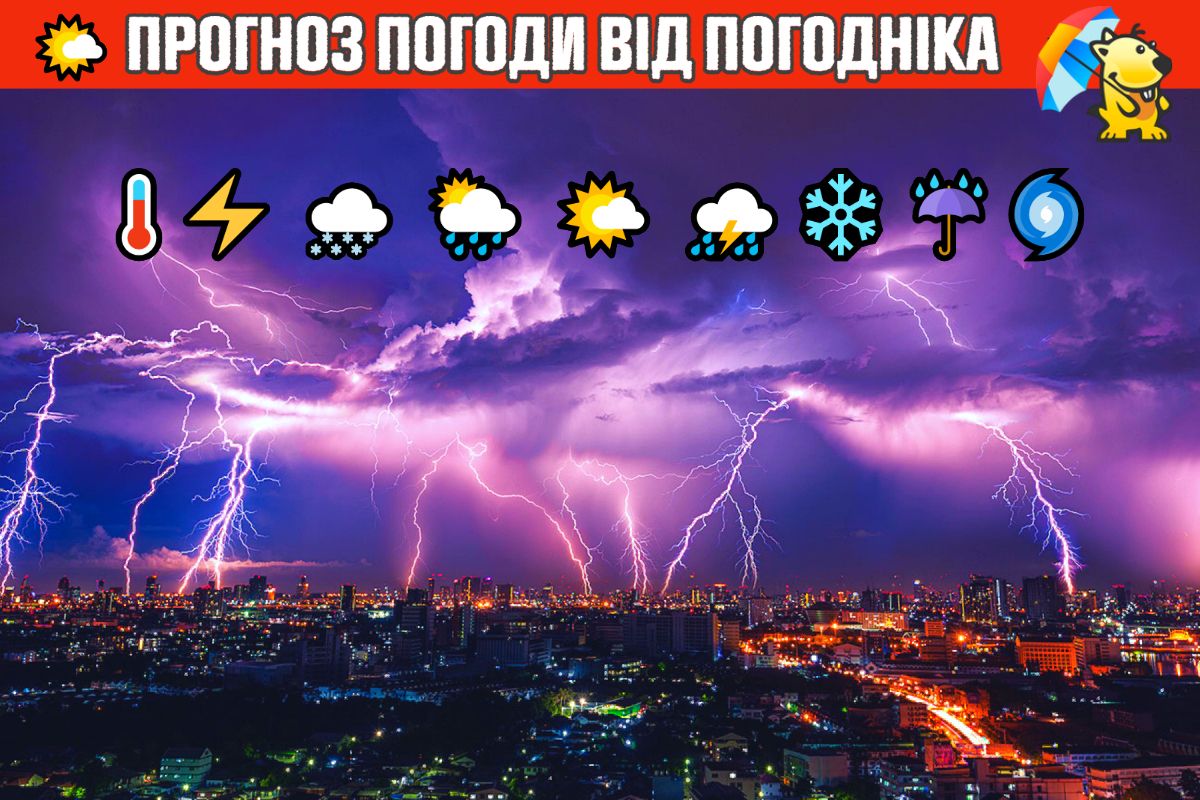
For the second time this month, Kilauea volcano on Hawaii’s Big Island has erupted, captivating the world with mesmerizing lava fountains that illuminate the night sky with a fiery spectacle. The ongoing eruption, which began on March 19th, has attracted thousands of spectators and scientists alike, eager to witness this awe-inspiring natural phenomenon.
Lava fountains are a unique and dramatic type of volcanic eruption characterized by the expulsion of molten rock high into the air. At Kilauea, lava fountains can reach heights of over 100 feet, creating a breathtaking display of cascading fire. The fountains are formed when pressurized gas in the magma escapes, propelling fragments of lava upwards in a mesmerizing shower. The resulting spectacle is a symphony of colors, with the molten rock glowing in hues of orange, yellow, and red.
The Kilauea eruption is a significant event for scientists studying volcanic behavior. By analyzing the lava fountain activity and other data, researchers can gain valuable insights into the volcano’s dynamics and the processes that drive eruptions. For instance, the height and intensity of the fountains provide clues about the pressure and composition of the underlying magma. Additionally, scientists are using drones and other technologies to collect samples of the lava for further study.
While the Kilauea eruption is a captivating spectacle, it also poses potential risks. Lava flows and volcanic gases can be hazardous, so authorities have established safety zones around the eruption site. Visitors are advised to stay within designated areas and follow instructions from park rangers. Despite the risks, the eruption has attracted a surge of tourism to the Big Island, with many eager to experience the awe-inspiring power of nature firsthand.
The Kilauea eruption serves as a powerful reminder of the Earth’s dynamic nature. It also highlights the importance of scientific research and monitoring in understanding volcanic activity and mitigating its potential impacts. Furthermore, the eruption has sparked discussions about the role of tourism in balancing the desire for adventure with the preservation of fragile ecosystems.
The eruption of Kilauea volcano is a mesmerizing and scientifically significant event. The spectacular lava fountains provide a captivating spectacle, while also offering researchers valuable insights into volcanic behavior. It is crucial to prioritize public safety while allowing people to witness the awe-inspiring power of nature. As the eruption continues, scientists and the public alike will be closely monitoring the developments, unraveling the intricacies of this fiery phenomenon.
